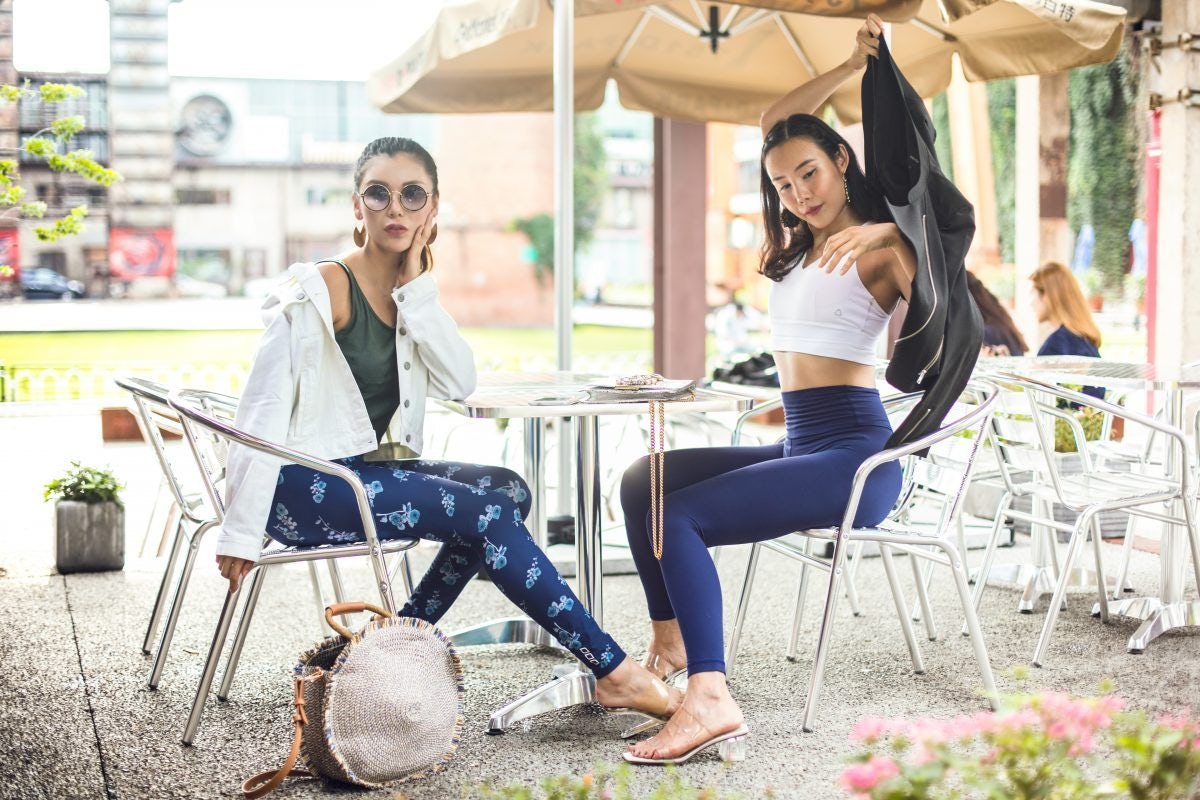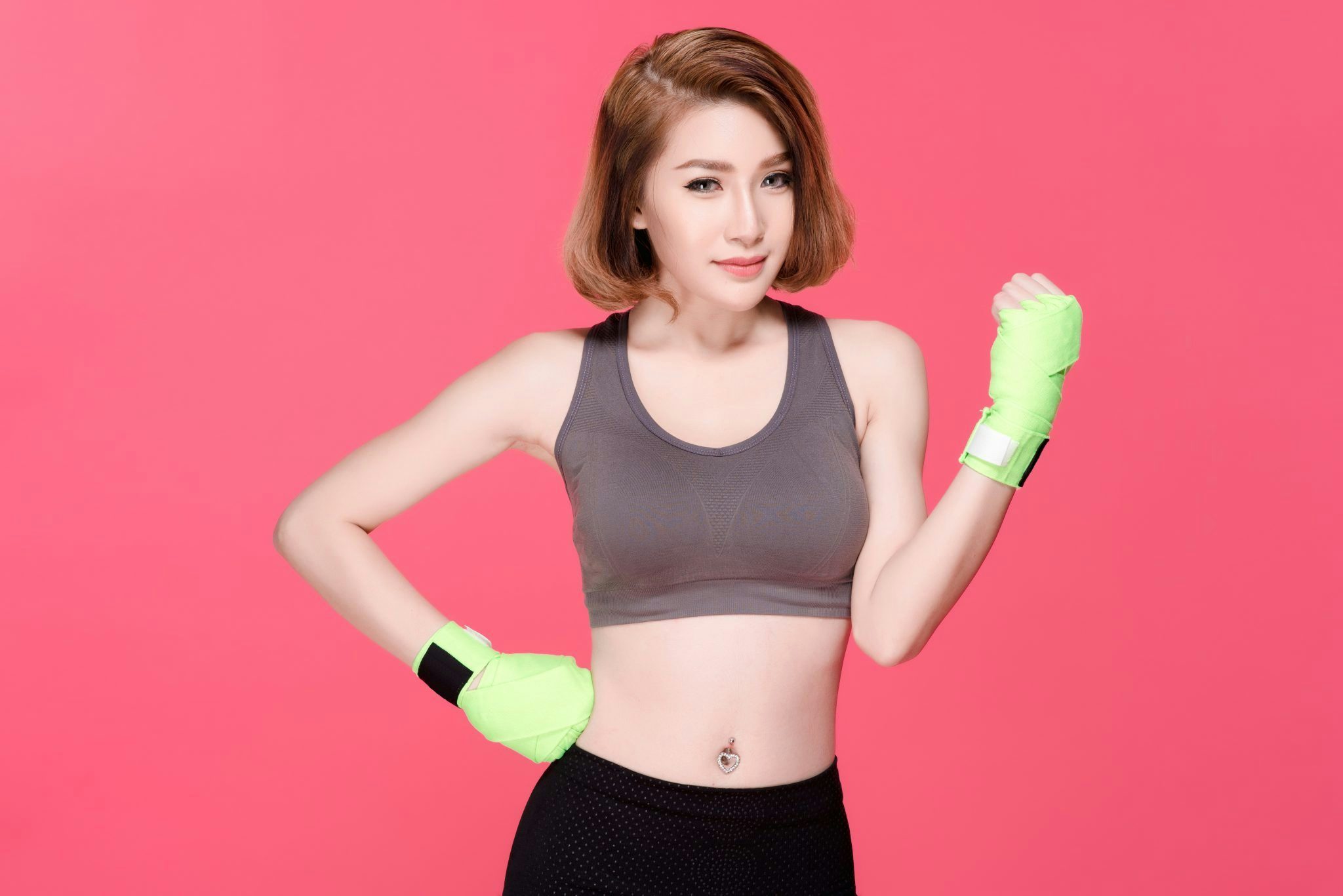China is getting into shape and the athleisure trend is booming. According to the wellness trends report (2019) published by the Global Wellness Summit (GWS), “over 104 million have at least one fitness app on their phones” and 15 million consumers have a gym membership in China. Meanwhile, China was home to approximately 500 gyms in 2001 but today boasts over 37,000 fitness facilities, says the Chinese business site China Briefing.
And as international franchises and local specialized gyms become fashionable options, more city dwellers are embracing wellness routines. Additionally, China boosts various mobile fitness apps, training clubs, and sporting events; basically, there’s a customized experience for every sports enthusiast. But this reflects only one side of the story. There’s also the government’s push to find a quick fix for the rapidly aging population and the country’s health problem.
With rising healthcare expenditures and a crumbling public pension system, the government had to intervene and back the extension of the wellness sector. Consequently, the State Council introduced the Healthy China 2030 initiative in 2018. Through this plan, China’s government hopes to engage 700 million people in physical activities at least once a week, while 435 million will exercise regularly.
Aside from the aging population, China’s past demographic policy has created a gender imbalance that’s responsible for the new “sheconomy.” Chinese women spend 81 percent more than in the past five years, and this means that the female population drives consumer trends like the wellness push. With so much happening in China on the wellness front, it’s no wonder that the athleisure trend has taken off.
As reported by Euromonitor International, sportswear in China grew 12 percent to 31.4 billion in 2017, and analysts expect that positive growth trend to continue in the upcoming years. Additionally, analysts predict that athletic brands will continue to capitalize on this trend. In 2016, Adidas announced a plan to expand from 9,000 to 12,000 stores across China by 2020, and their strong Q1 2019 results (mainland China up 16 percent) confirmed that the sportswear company’s ambitious long-term goals are, in fact, reachable.
Colin Currie, Managing Director of Adidas Asia-Pacific, says that the “16 percent growth in Q1 2019 represents yet another strong and encouraging start to the year, as well as Adidas’ 20th consecutive quarter of double-digit growth in Greater China.” Meanwhile, Canadian yoga-inspired brand Lululemon also sees China as a key market for achieving the company’s growth targets. According to Who Knows China, “Lululemon anticipates a 25 percent revenue generation from Asia by 2020 while expanding the product line to improve total revenue internationally.” Lululemon hopes to build brand relevance through targeted advertising campaigns, influencer marketing, and partnerships with wellness gurus.
The brand Uniqlo is also profiting from China’s newfound love of wellness. The Japanese company offers a colorful selection of hoodies, shorts, sweatshirts, leggings, tops, and sports bras and is a popular choice in middle-class Chinese households. Uniqlo products stick out thanks to their versatility and functionality, and with innovative fabrics like the odor neutralizing Dry-Ex and the water-repellent Blocktech, the brand has attracted younger consumers who care about high-tech performance fabrics. Additionally, the brand proposed assorted tailored products that deliver customized options in accordance with the needs of the consumer base. According to Fast Retailing’s financial results for the first half of the fiscal year, Uniqlo’s revenues rose by 14.3 percent while operating profits by rose 9.6 percent. The revenue and profit growth was exceptionally strong in Greater China where the brand registered double-digit growth.
But Uniqlo is also looking to expand brick-and-mortar stores in China. The forecast calls for over 1,000 stores by the end of August 2021. But international players aren’t the only ones benefiting from China’s wellness craze. Local brands like Particle Fever and Maia Active have profited from these shifting consumer trends. Local companies compete with global sportswear brands by offering unique consumer experiences and tailored products designed specifically for Chinese bodies. Because of their commitment to quality and product development, local brands have created niche businesses by appealing to younger, consumers who crave authenticity or individuality — and aren’t afraid to experiment. Lisa Ou 欧逸柔, Founder and Creative Director of Maia Active, told Jing Daily that the demand for activewear in China is seeing nonstop strong numbers. According to Ou, “increasing consumer sophistication” in China is what’s behind her company’s boom.
“The idea of a perfect activewear for Chinese consumers can be very different from the West’s,” Ou says. “This is deeply rooted in the culture difference between China and the West, even between China and the other countries in Asia.” In order to respond to these trends, Maia Active was designed “based on a consumer-centric business mindset, which is the common DNA in all DTC brands,” she says. “Our products are all specially Asian-fitted from day one, which differentiates us from a lot of existing activewear brands in the market from the product perspective. Meanwhile, we break through the conventional design approach for activewear and blend in fashion elements in our product design.”
And this customer-centric strategy led to growth, but also to building a connection with the audience. “Besides our outstanding products, I think what supports Maia Active’s continuous strong growth is how close we are to our consumers,” Ou adds. “As a DTC brand, I can proudly say that we are able to deliver the products our consumers really want. We have been consistently communicating with our community, listening to their needs, and have been adjusting and innovating our products much faster than the other traditional sports brands.”
Meanwhile, independent sports brand Particle Fever offers a funkier interpretation of the athleisure trend, proving that a sports startup can become stiff competition to established luxury players. By favoring innovation and avant-garde designs, Particle Fever responds to the aesthetics and technical needs of sports aficionados in the China market. Their partnerships with the Woolmark Company and the posh retailer Lane Crawford prove that Particle Fever is another Athleisure company seeing extraordinary momentum. Given the above examples, it’s safe to say that the future of the wellness sector, and the athleisure trend, in particular, will only continue to grow in China. The message to brands: Just Do It!


